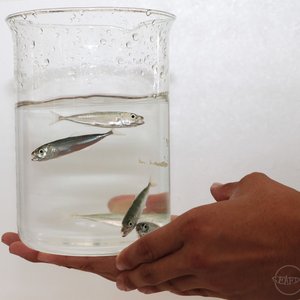A new Peruvian project, Reproductive performance and quality of eggs of the first generation (F1) of Peruvian grunt (Anisotremus scapularis) for the production of quality seed with a projection on a commercial scale of this species, will evaluate the opportunities for commercial-scale production of this species.
The project, led by the Institute of the Sea of Peru (Imarpe), aims to improve and reach the spawning and quality larvae of Peruvian grunt broodstock born in captivity (F1). An experimental diet will also be developed to improve the quality of spawning. The research will contribute to the demand for high-quality eggs and larvae to achieve commercial-scale Peruvian grunt farming.
This species is a marine fish of commercial importance and in high demand for direct human consumption. In Peru, its consumption has increased in recent years and the Ministry of Production (PRODUCE) added the Peruvian grunt into the category of prioritized species for its aquaculture development.
The Imarpe has been working on this species in the past few years and has achieved natural spawnings with viable larvae and juveniles. To avoid the dependency on wild-caught broodstock, the project seeks to develop a batch of breeders born in captivity.
The project has a duration of 18 months and its development is in charge of the Fish Farming Laboratory located at the Imarpe headquarters in Callao. It will feature the participation of two leading international researchers, Neil Duncan from the Institute of Agrifood Research and Technology (IRTA) of Spain, and Juan Pablo Lazo from the Center for Scientific Research and Higher Education in Ensenada, Baja. California (CICESE) from Mexico.













